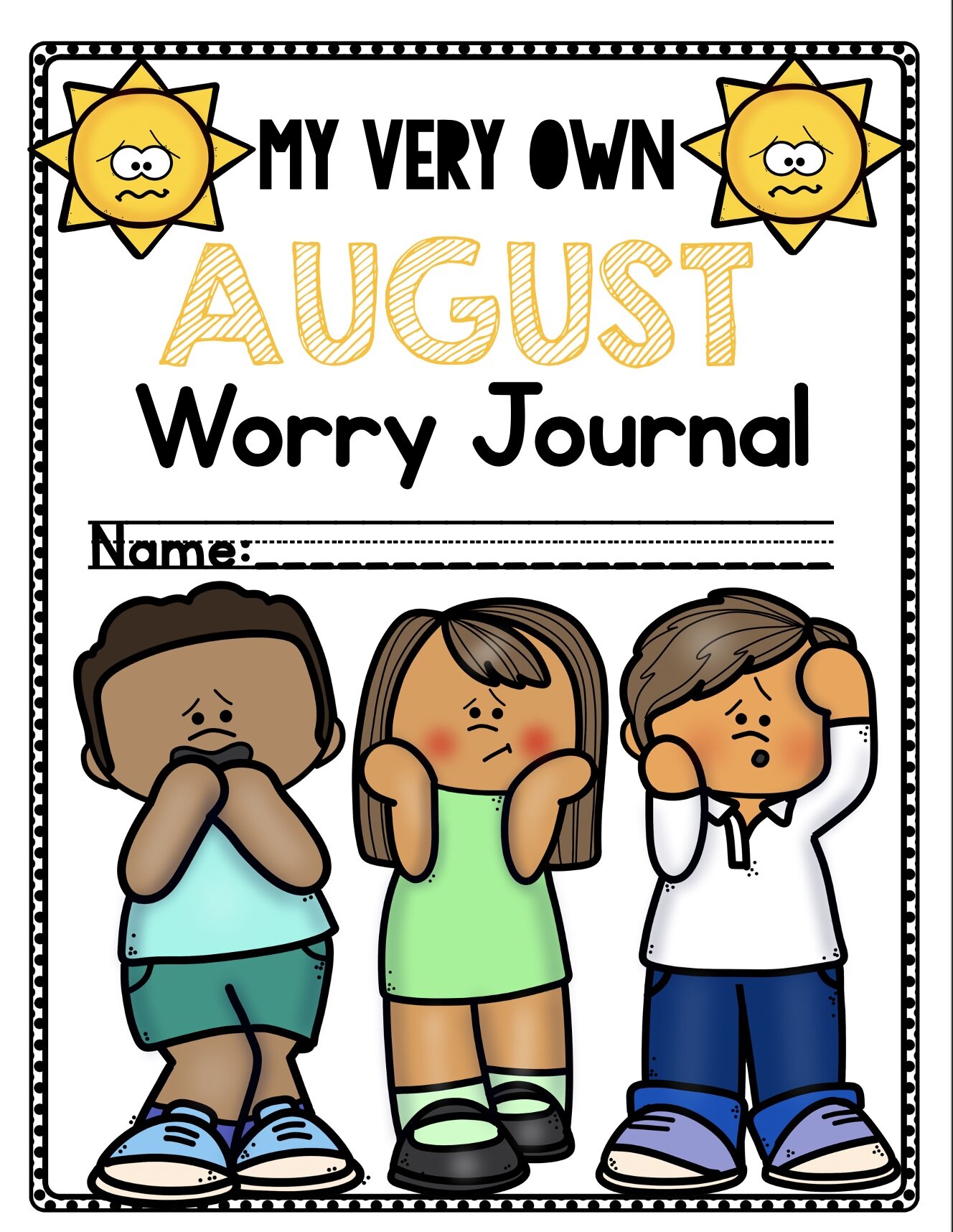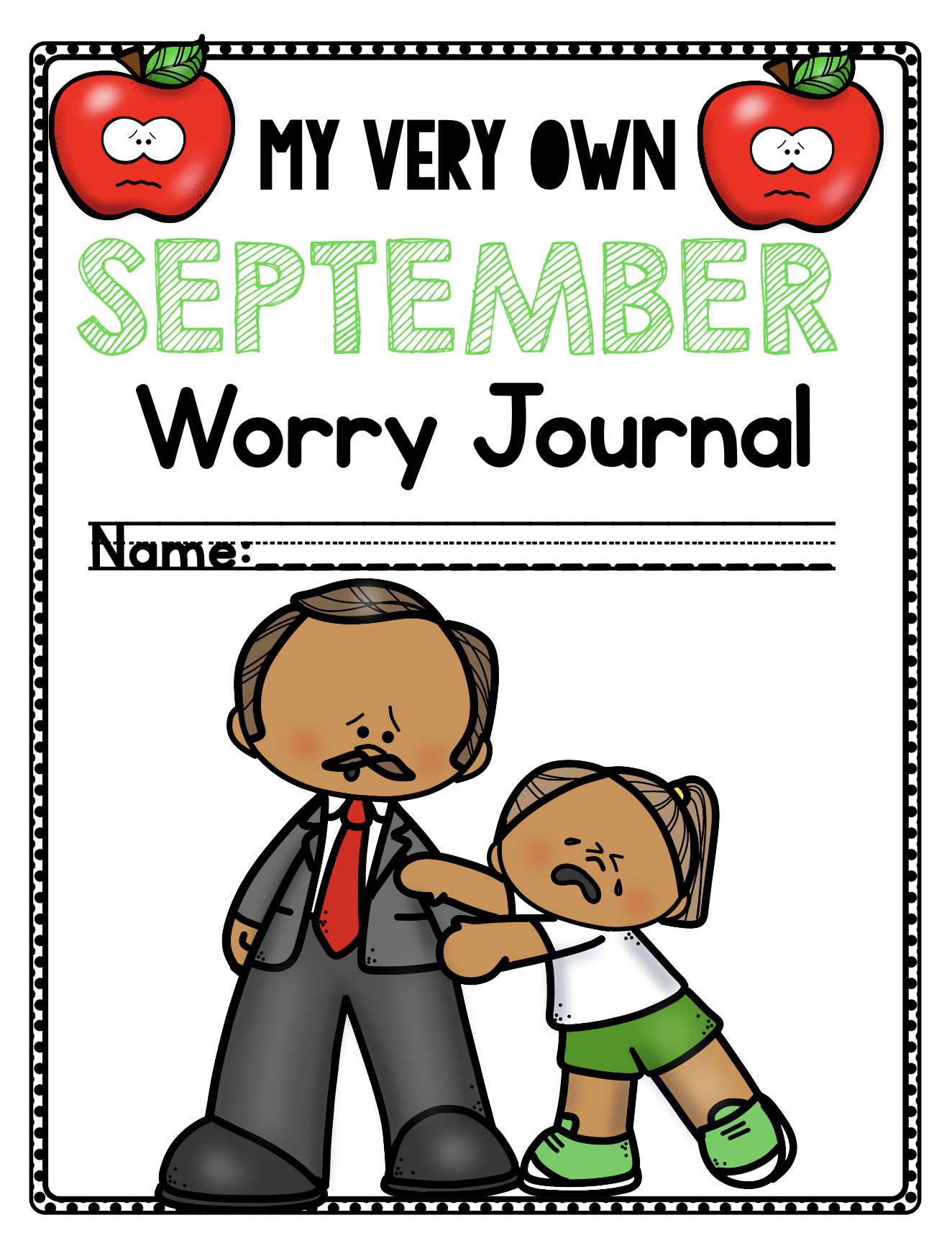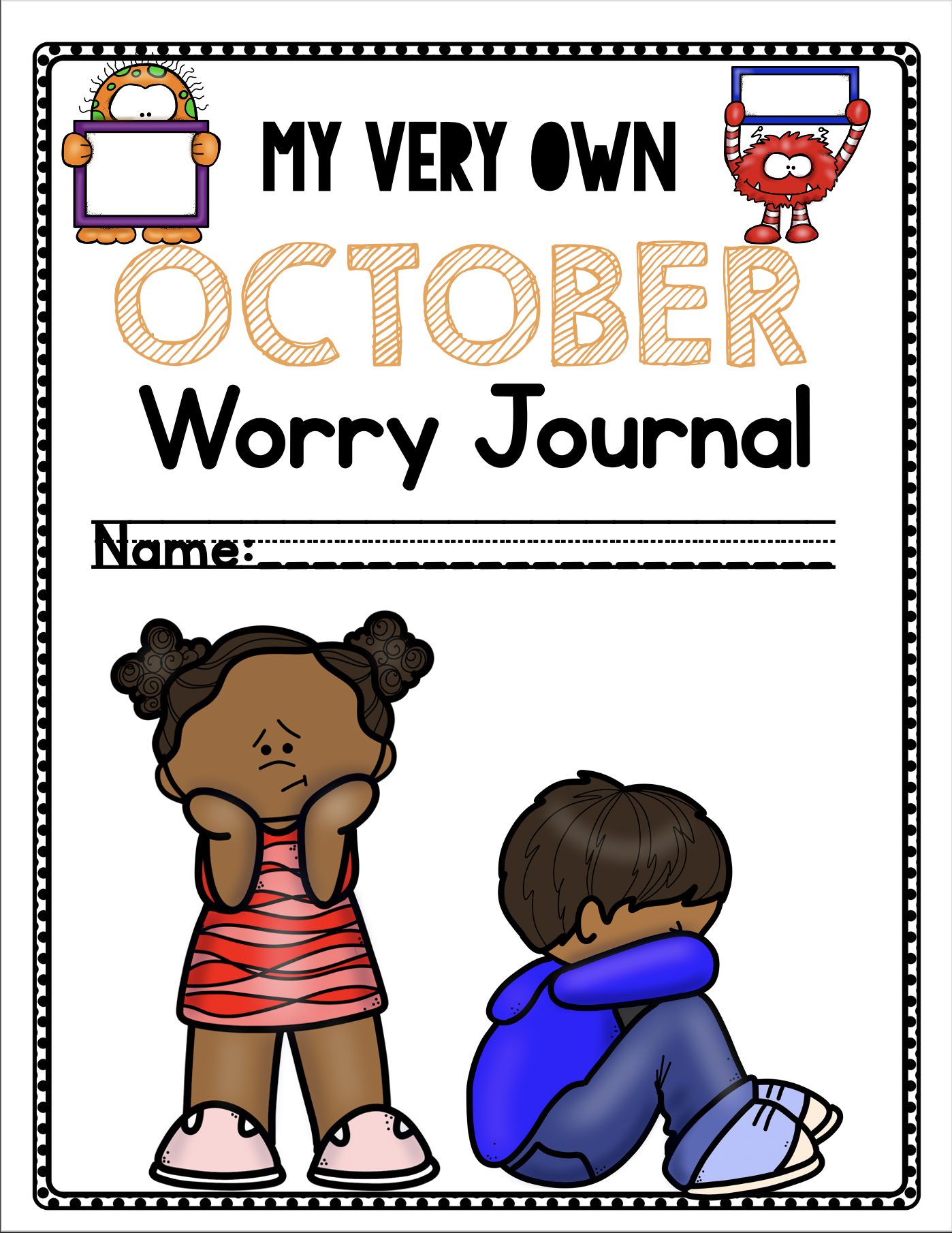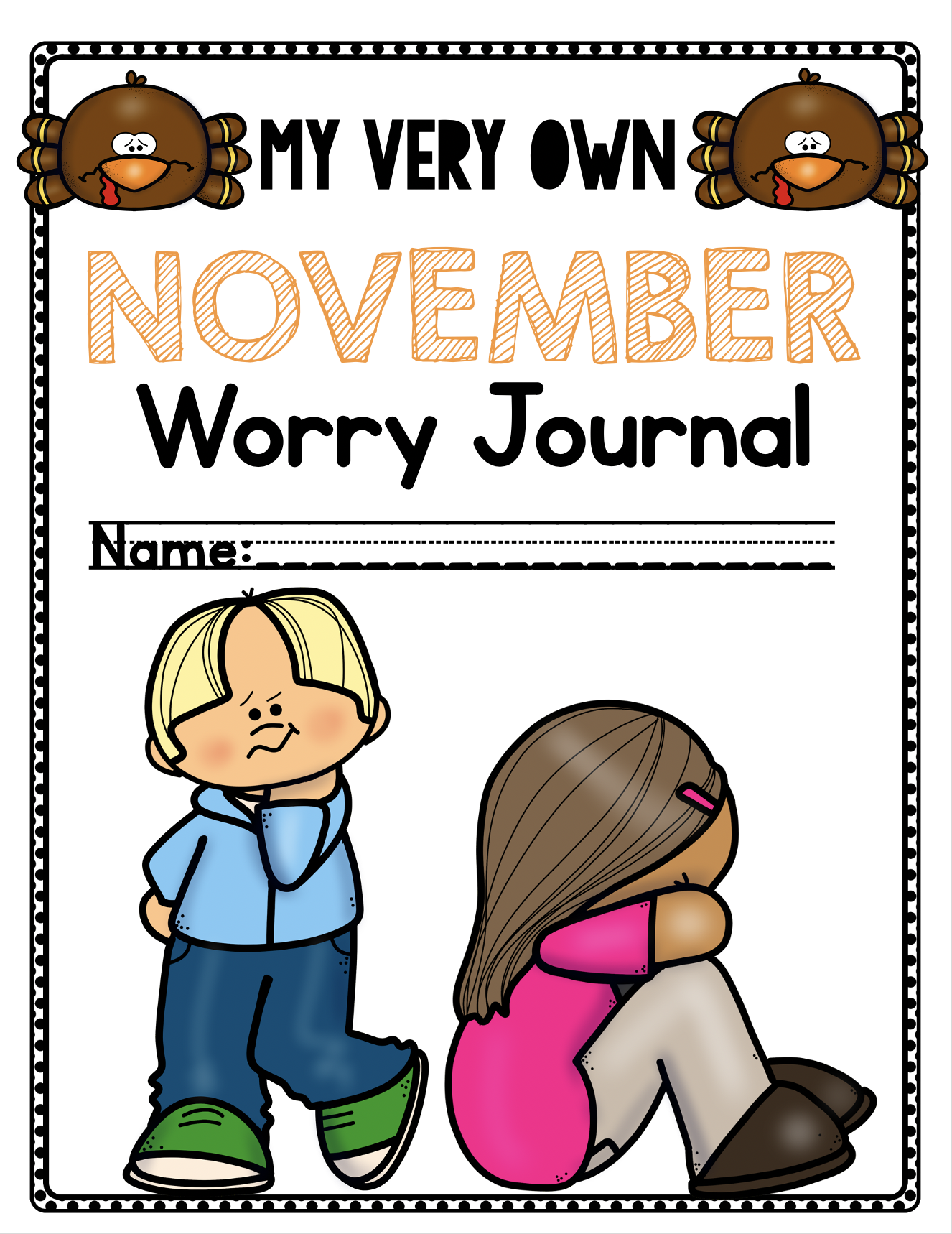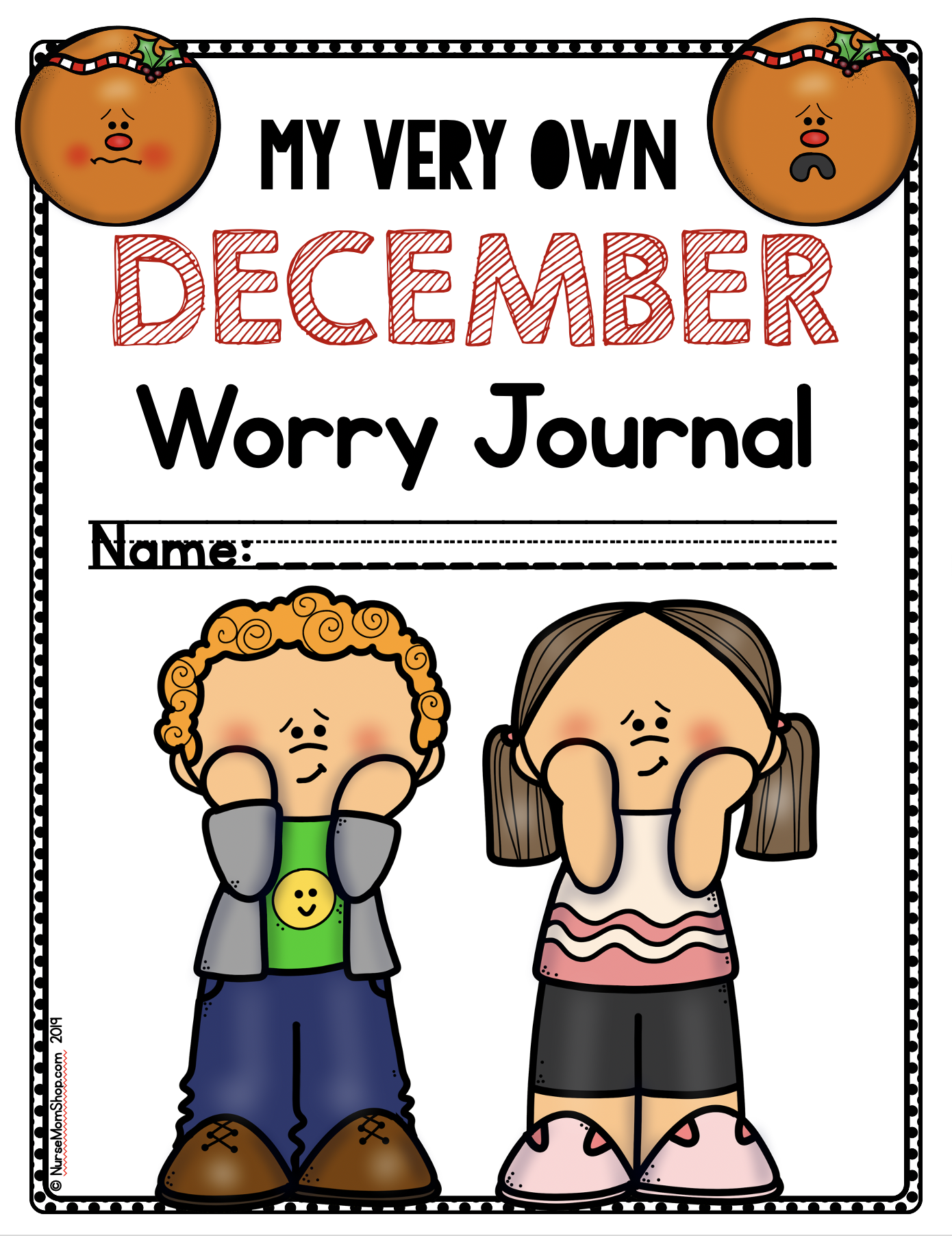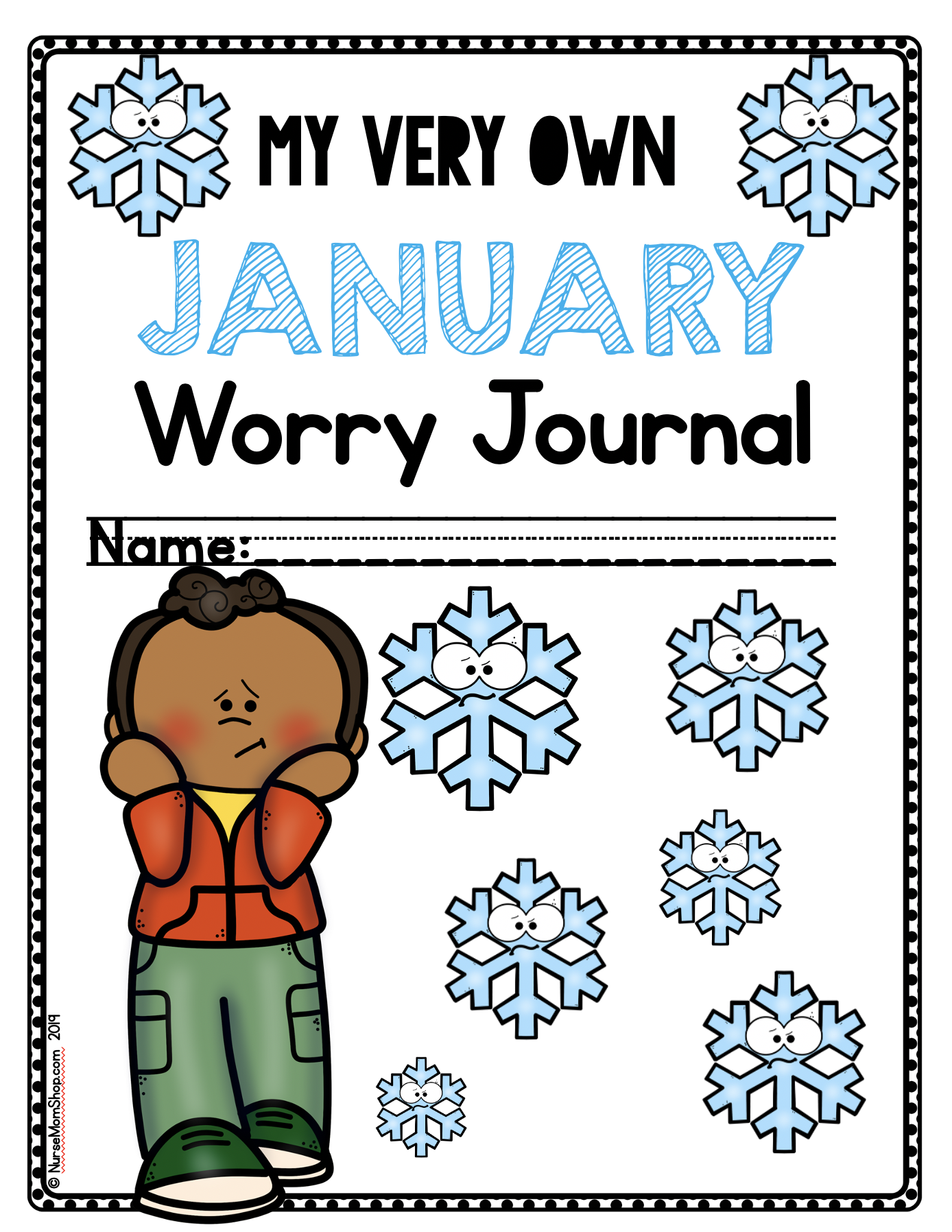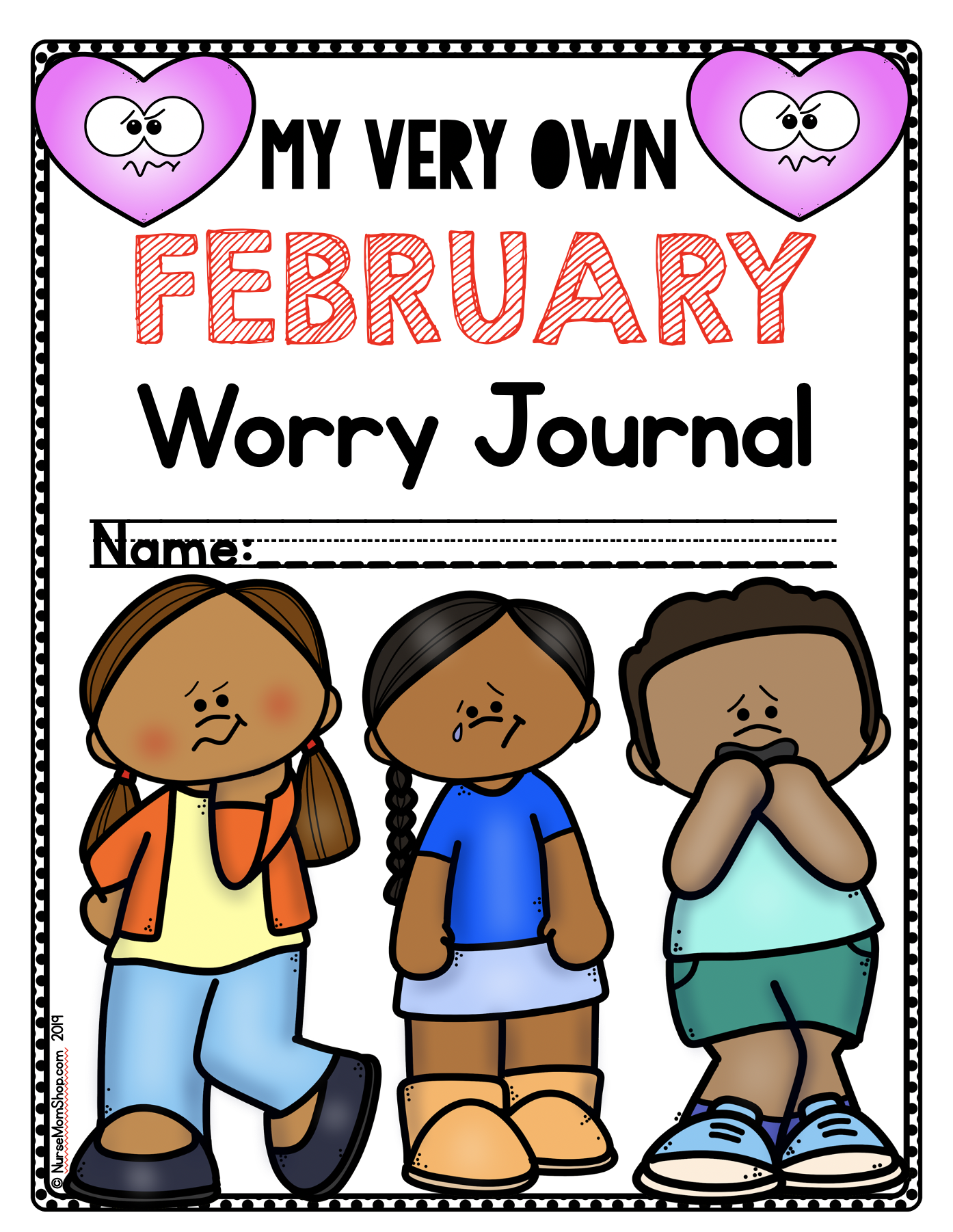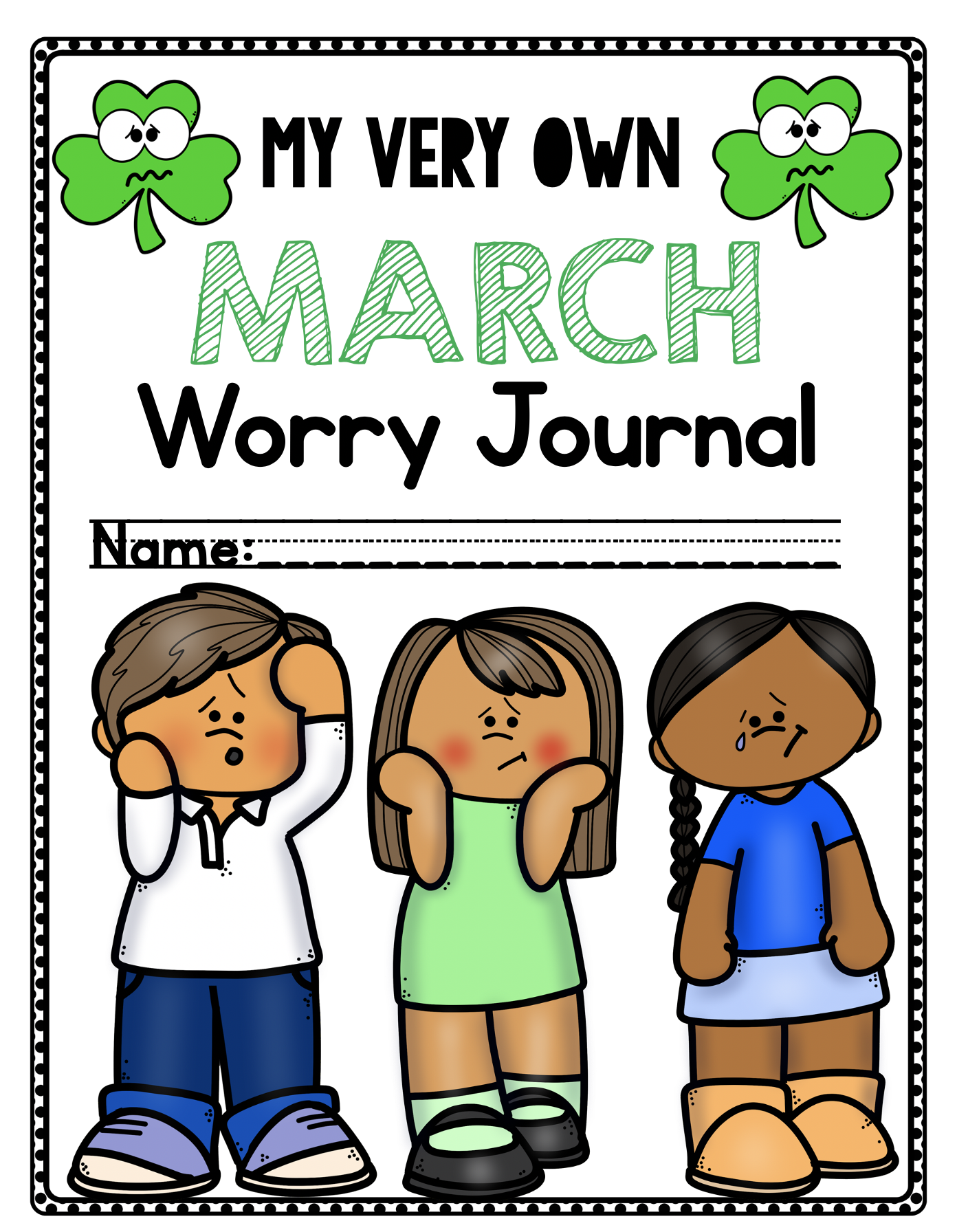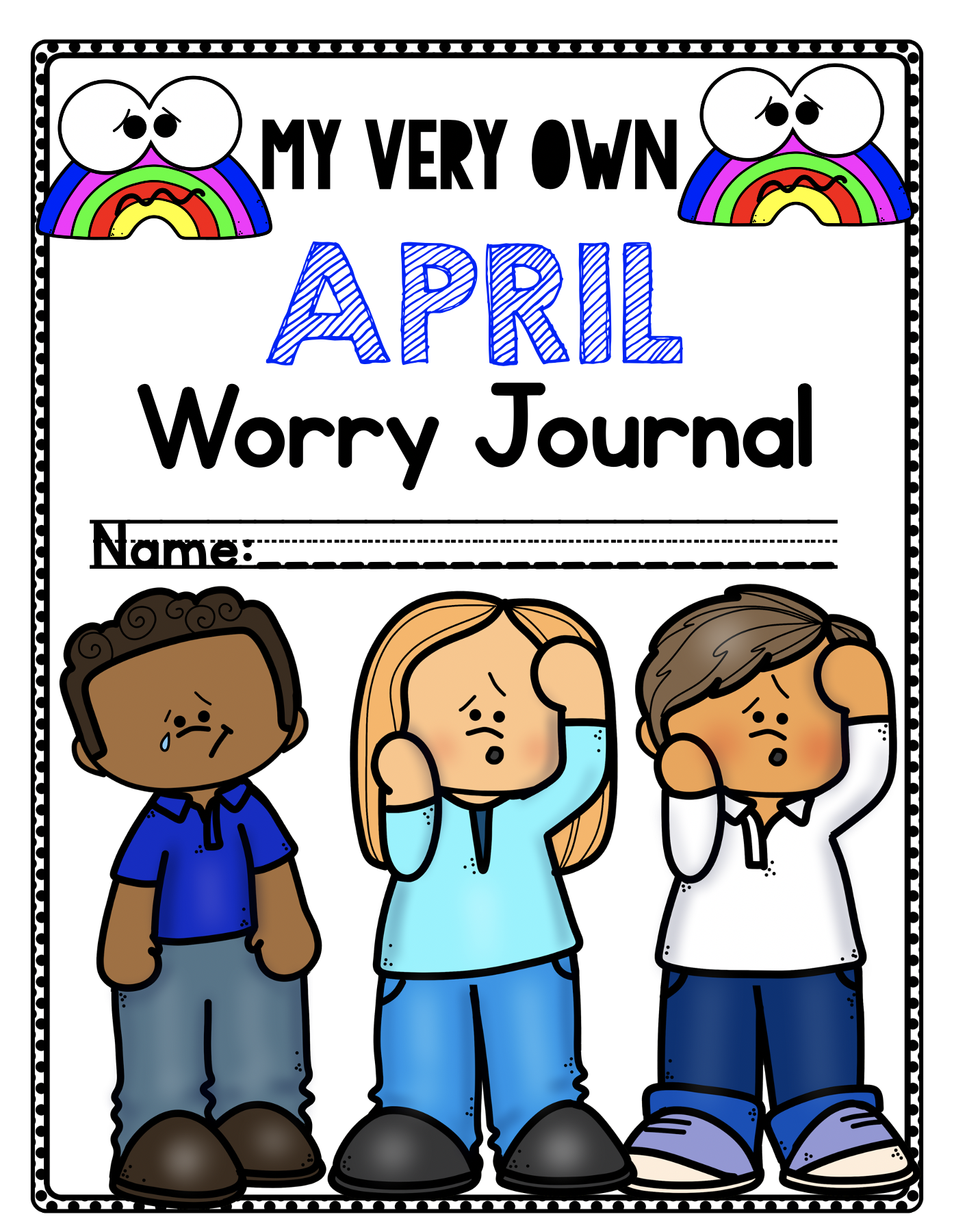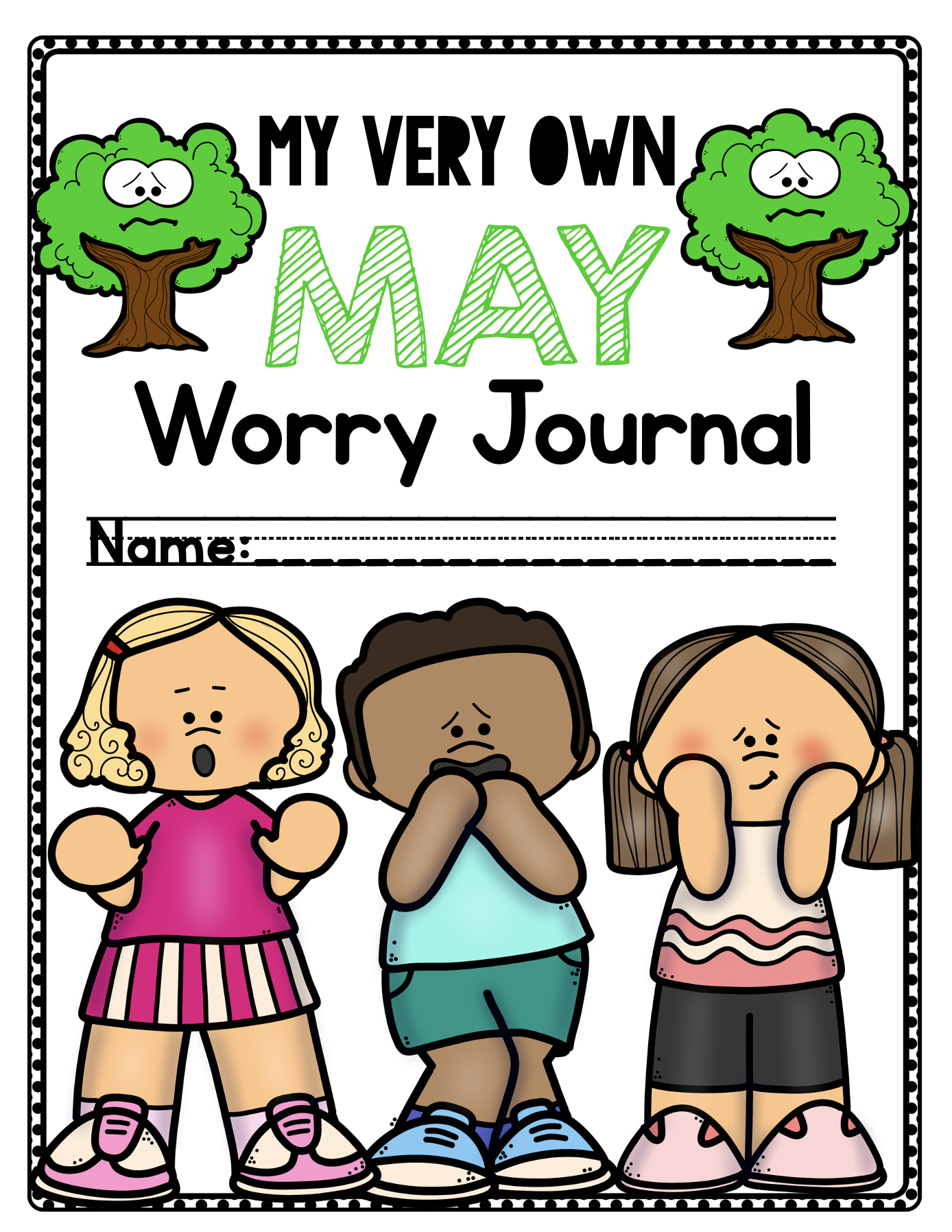Thoughts on Worry Journals
We are all living collectively through a season of particularly heightened anxiety. Concern for our health and the health of our loved ones is a present companion. Fear about germs, exposure and risks are constantly being weighed in our minds. This is true for us and it is true for our children too. Sudden changes in routines and schedules can be unnerving for kids. They pick up on our fears, tones and concerns. While this isn’t always bad (it can be a great time to talk to kids about worries, tools and resilience), it can be complicated to navigate.
When I started Nurse Mom Shop a year ago, one of my very first projects was to create a Worry Journal. Journaling has been a helpful tool for me for many years and I’ve tried to pass it on to my children. The outlet it provides can be healthy and helpful. Putting words to the often vague feeling of anxiety can be empowering and help us to determine our next right steps.
Providing anxiety resources for kids is something I am passionate about. I’ve just completed a project that I am so excited to get to share. It’s release feels timely given the season of COVID-19 and social distancing that we are all living through right now. It is a collection of ten monthly Worry Journals aimed to serve children ages 6-7 years old. Each month has a different focus based on what many children may be experiencing that month. My goal is to give kids and their caregivers (teachers, parents, counselors) as much helpful language and as many tools as possible to navigate anxiety together.
The journals start in August and move all the way through May. Each month focuses on different language and tools that classrooms and families can integrate to help children determine what is making them worry and what might feel helpful to them.
Each monthly journal provides twenty days of prompts, four weeks per journal with five days per week. I wrote them in two different formats, an outline format and a mini-book format. The outline version allows the journal to be completed a little bit each day. The mini-book format can be completed in more of a weekly small group or one sit-down session per week.
The August journal starts off with worry basics. It felt appropriate to start the school year with some basic language and framework for discussing worries.
The weekly topics covered in the August journal are:
Week One: What is a worry?
Week Two: It is normal to worry.
Week Three: What worries can you control?
Week Four: Worries can be good.
You can grab the first week of this journal here for free to see if it’s a good fit for the kids in your life.
It felt appropriate to make the focus of September’s journal be on transitions and separation anxiety. This is something that many children struggle with and it can be especially acute for children who already live with anxiety.
The weekly topics focused on in the September Journal are:
Week One: What is a transition?
Week Two: Saying goodbye can be hard.
Week Three: Making a goodbye plan.
Week Four: Big and small transitions.
Transitions are hard for us all! The beginning of the school year provides so many opportunities for all of us to practice together what it looks like to walk through changes with honesty.
October felt like the perfect month to introduce the idea of personifying worries. It can be so helpful for children to think of their worries as something outside of themselves. For example, children can talk about their worries as bullies, monsters or wild animals. This personification can decrease any shame they may feel when they are worried. Children can learn beautifully through stories so it can also allow an opportunity for parents and teachers to use story as a tool to discuss anxiety.
The weeks of the October journal are divided as follows:
Week One: What is a costume?
Week Two: Worries wear disguises too!
Week Three: Naming your worry bullies.
Week Four: Deciding what to do next.
October was one of my favorite months to create. I have found that putting names and characters to their worries has been such a helpful tool for my children.
The final journal in the fall series is the November journal which focuses on the intersections of gratitude and anxiety. I have had to learn as an adult that gratitude and anxiety are not mutually exclusive. There is room for multiple feelings in our hearts and lives. Even if those feelings may feel in direct competition with one another.
My main goal for the November journal was to discuss with children that they can be a person who lives with a lot of worries and also be a person who is deeply grateful. They can practice gratitude and still feel worried. The two can share space.
The November journal is divided into these four areas:
Week One: What is gratitude?
Week Two: You can feel grateful and anxious together.
Week Three: Gratitude and perspective
Week Four: Ideas for practicing gratitude.
I very much long for my children to have grateful hearts and attitudes. But not at the expense of being unwilling or unable to admit that gratefulness can exist alongside other feelings as well.
I have written a separate blog post about the Winter Worry Journals and Spring Worry Journals that are a part of this series. You can click on the images below to read about those three journals and try some free weeks of journal prompts.
I get so excited about getting social emotional learning tools into the hands of as many families and educators as possible. I give away one week of each monthly journal for free. To download each month’s freebies just click the journal cover below.
All ten of the journals can be purchased together in a bundle. They flow together well to allow concepts to build on one another throughout the year. You can click the image below to check out the entire series.
If you work with or are parenting older elementary students, I also have a journal geared more for children 8-10 years old which incorporates many of the same concepts explored in this bundle. You can check out a free printable from that journal by clicking the image below.
It is my deep hope that these journals help the children in your life to thrive and to learn to live as fully as possible even in the midst of worries and anxiety. May each of us keep taking our next right step and keep pursuing health and honesty together during this complex season.











